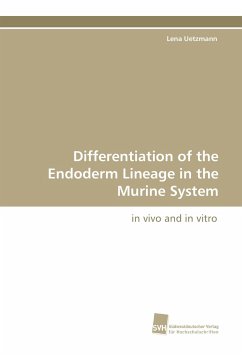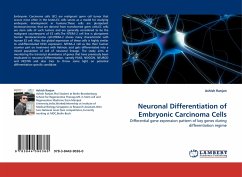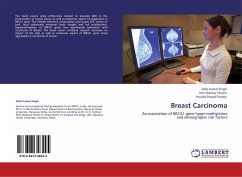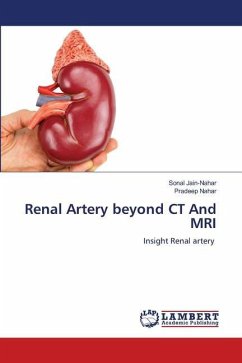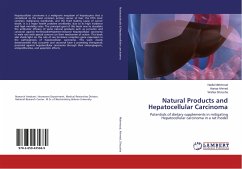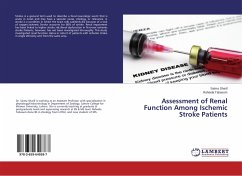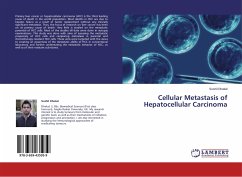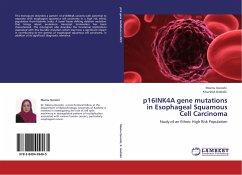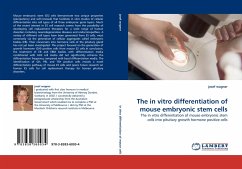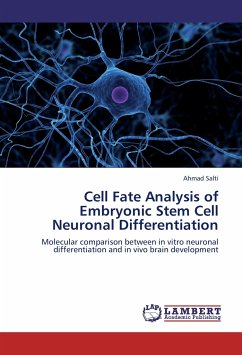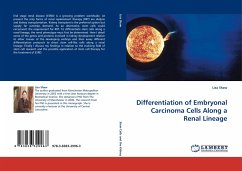
Differentiation of Embryonal Carcinoma Cells Along a Renal Lineage
Versandkostenfrei!
Versandfertig in 6-10 Tagen
52,99 €
inkl. MwSt.

PAYBACK Punkte
26 °P sammeln!
End stage renal disease (ESRD) is a growing problem worldwide. At present the only forms of renal replacement therapy (RRT) are dialysis and kidney transplantation. Kidney transplant is the preferred option but supply far outstrips demand. As an alternative, stem cells could circumvent the requirement for RRT. To differentiate stem cells along a renal lineage, the renal phenotype must first be determined. Here I detail some of the genes and proteins involved in kidney development relative to other tissues of the developing embryo and then assay different differentiation protocols to direct ste...
End stage renal disease (ESRD) is a growing problem worldwide. At present the only forms of renal replacement therapy (RRT) are dialysis and kidney transplantation. Kidney transplant is the preferred option but supply far outstrips demand. As an alternative, stem cells could circumvent the requirement for RRT. To differentiate stem cells along a renal lineage, the renal phenotype must first be determined. Here I detail some of the genes and proteins involved in kidney development relative to other tissues of the developing embryo and then assay different differentiation protocols to direct stem cell-like cells along a renal lineage. Finally I discuss my findings in relation to the evolving field of stem cell research and the possible application of stem cell therapy for the treatment of ESRD.



